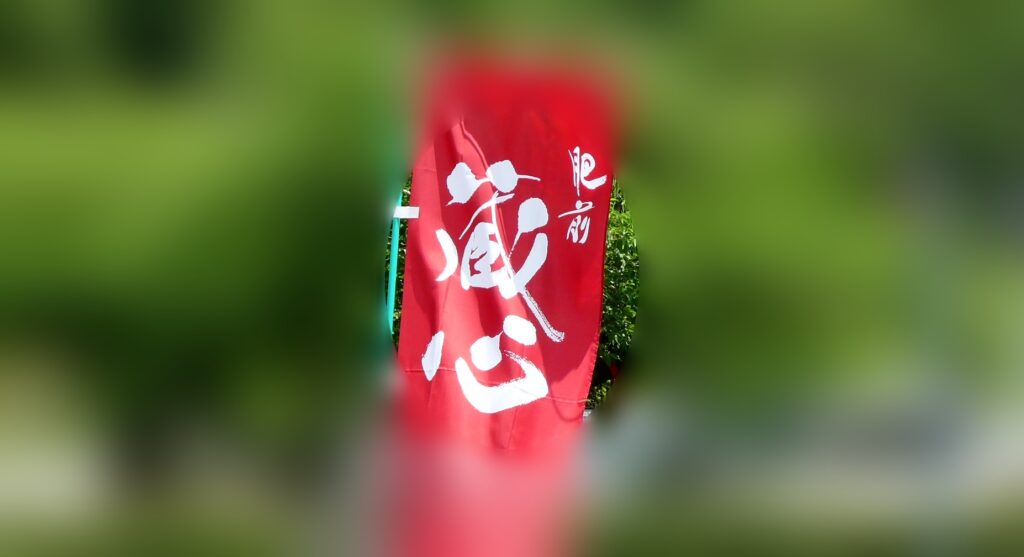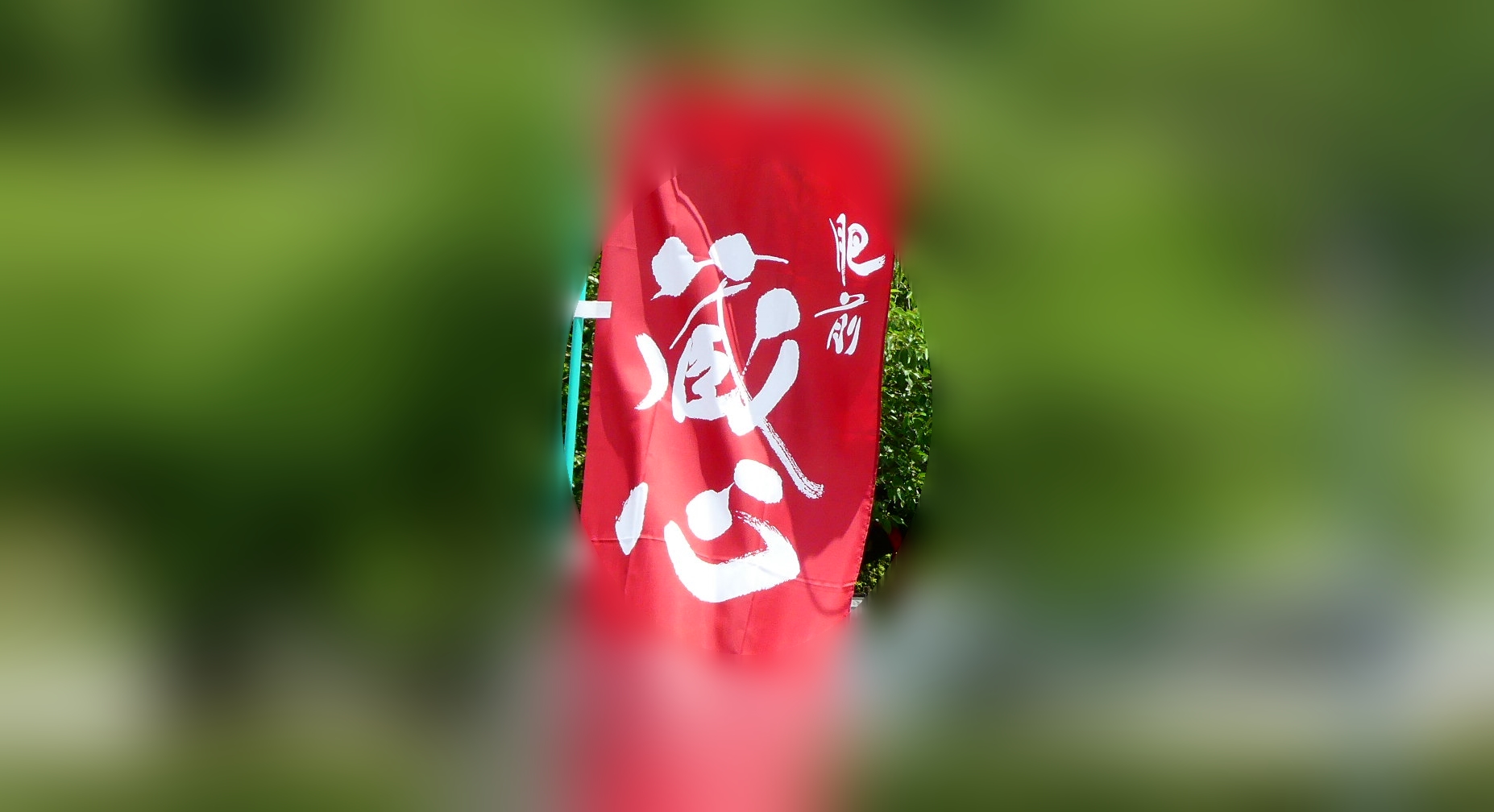All rights are reserved under the copyright of Yasuyuki Ayukawa (2023)
I am visiting companies challenging the global market with Japanese skills, Japanese quality, and Japanese craftmanship based on the tradition. I don’t know if the world has overtaken Japan or if Japan has declined, but in recent years, it is said that Japan’s position in the world is declining in various parts such as economy, society, and the quality of life. But is it really so? Japan still has world-class technology, traditions, and culture, and the value of these has been recognized in other parts of the global market thanks to the efforts of many companies pioneering the market in many countries. Furthermore, there are also new companies taking on the challenge with products and technologies, with their confidence and pride, to the world. In this series, I would like to introduce how such companies are challenging the global market.
In these new series of issues,
I am introducing
the vital actions
of entrepreneurs
in Saga, Kyushu – west end of Japan.
The approach is, again,
how to
get into
overseas market.
This time,
I would like to introduce
Yano Shuzo Ltd.
(https://yanoshuzou.jp)
Shuzo means
exactly
Sake Brewery
Yano Shuzo is a sake brewing company that has been making sake for over 200 years in Kashima City, which faces the Ariake Sea.
The coast of Kashima, which is located in the northern part of the Ariake Sea, is shallow, and the there shows large ebb and flow. And, in the ebb tide, you can see a vast tidal flat.
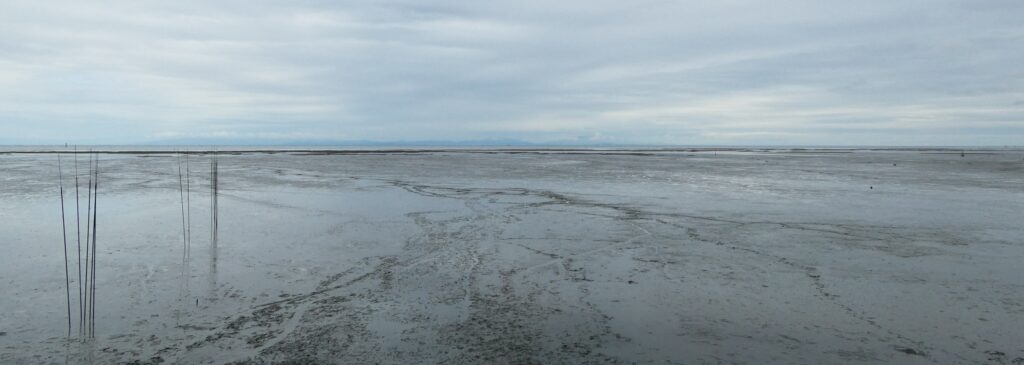
This coast is registered under the Ramsar Convention* as HIZEN KASHIMA-HIGATA.
* Ramsar Convention: is for the conservation of waterfowl habitats; those countries having ratified the convention, designate wetlands with international importance as waterfowl habitats, and promote their protection.
In these tidal flats of the Ariake, Mutsugoro may be one of the most beloved creatures. It is a type of goby living on the tidal flat, walking and jumping on the tidal flat. You can see an abundance of this adorable fish on the flat, just in front of the city during ebb tide.

There is also an event to liven up the tidal flats: the Kashima Gatalympics.
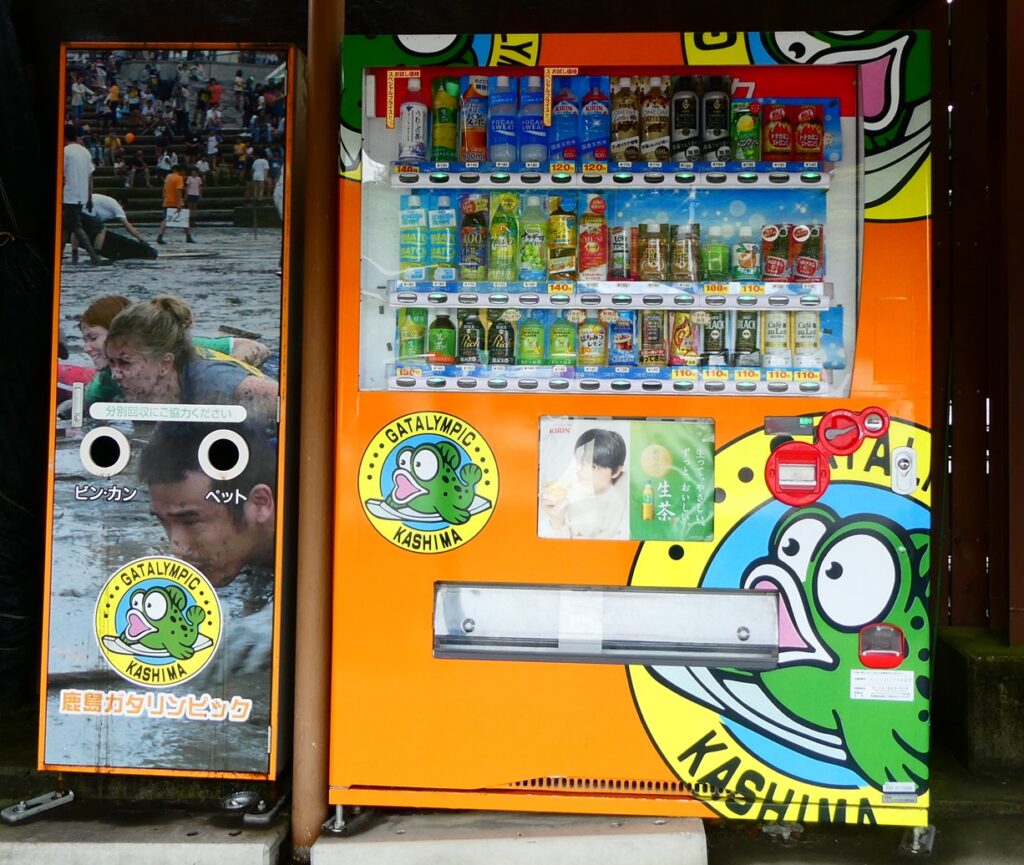
The Kashima Gatalympics is an athletic meet held on the tidal flats during ebb tide.
There are many participants from outside the city and prefecture, although the number of participants is limited because it is subject to protection.
Mr. Motohide Yano, the head of Yano Shuzo, is just involved to conduct this event.
Temporary withdrawal was suspended due to corona, but it was be resumed in 2023, on 4th. of June.
Now, let me start to introduce Yano Shuzo, by interviewed Mr. Motohide Yano, who is the 9th generation head of Yano Shuzo and also a chief brewer.

What kind of path has Yano Brewery taken from its foundation?
200 years’ path:
sake brewery
and
contribution to
local community
Kashima City, where Yano Brewery is engaged in sake brewing, is famous for its tidal flats, and also the concentration of sake brewers exceptionally for Kyushu Island, where Shochu (a kind of Japanese traditional spirits) production using barley and potatoes is very popular. This is where it stands out.
Kashima City was originally a castle town of the Kashima Clan in Edo era, and there used to be about 50 large and small sake breweries in the city. The Kashima Clan, headed by Nabeshima family as its load, was a branch Clan of the Saga Clan, one of the 4 clans which take leadership in the political and administrative transformation so called “Meiji Ishin”, from the feudalism headed by “Shogun” to the modern centralised system with the leadership of the national government. From the mid-Edo era onwards, the Kashima Clan began to have a surplus of rice due to an increase in the cultivated area leading to an increase in rice production capacity. Furthermore, as industry and commerce were promoted throughout Japan at those times, and a monetary economy was developing, the Kashima Clan also needed to develop industries beyond rice-centred economic activities. So, the Clan recommended and promoted a policy to encourage sake brewing by influential people in the country.
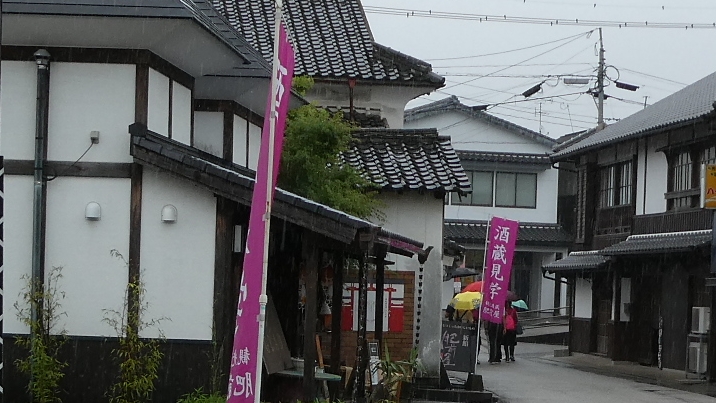
Yano Shuzo was founded in 1796, during the Kansei time in Edo era, when Mr. Kinoshita started sake brewing in 1796, following the Kashima Clan’s policy to encourage sake brewing. At that time, Yano Shuzo was located closer to the mountains than it is today, where plenty of water could be easily obtained. However, sake brewing was operated just as a side business at that time.
During the 3rd. generation owner, Gon-emon, he made up this business as the main business of the family and greatly expanded the scale.
His name, “Gon-emon” still remains in the current Junmai Daiginjo brand.
120 years ago, during the Meiji era, the brewery was moved to the current location of Yano Shuzo, a 5-minute walk from Hizen-Kashima railway station on the JR Nagasaki Line. The current Yano Shuzo’s site and shop are from those days, and the building, which is a wooden building with a bamboo roof, is designated as a cultural property of the city of Kashima.
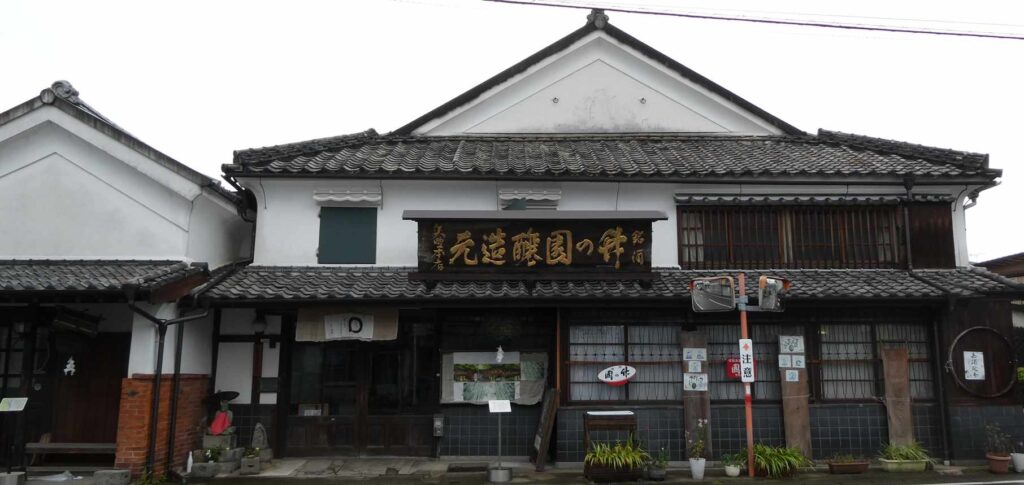
During the Meiji, Taisho, and early Showa eras, Mr. Kazuyoshi Yano, who was the head of the family at that time, greatly expanded the business of Yano Shuzo. A second factory was also built, and a brand called “Take no Sono”, which is still used today, was launched in conjunction with the enthronement of Emperor Taisho, and was pushed up to the position of Kashima’s famous sake.
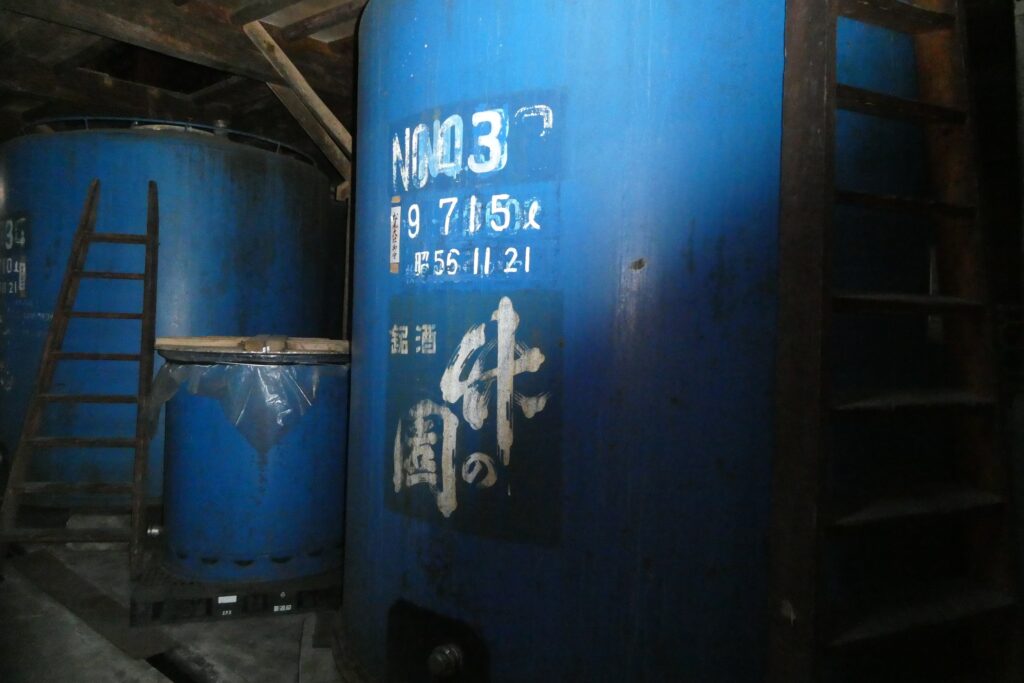
At that time, Mr. Kazuyoshi Yano was not only engaged in sake brewing, but also worked on and contributed to local issues.
In addition to organising a fire brigade in the city, he dug up a water vein in the mountains, and contributed his personal property to build a water supply system in the city.
The urban area of Kashima City is flat and the well water that was mainly used for drinking water is not necessarily hygienic, and there were problems such as typhus epidemics. about it.
After that, Yano Shuzo also expanded its business smoothly from the era after World War II, and 1960’s, where Japan showed rapid economic growth. At that time, the demand for Japanese sake was so strong that even the major nationwide sake breweries could not keep up with production, so Yano Shuzo was supplying it on an OEM basis.
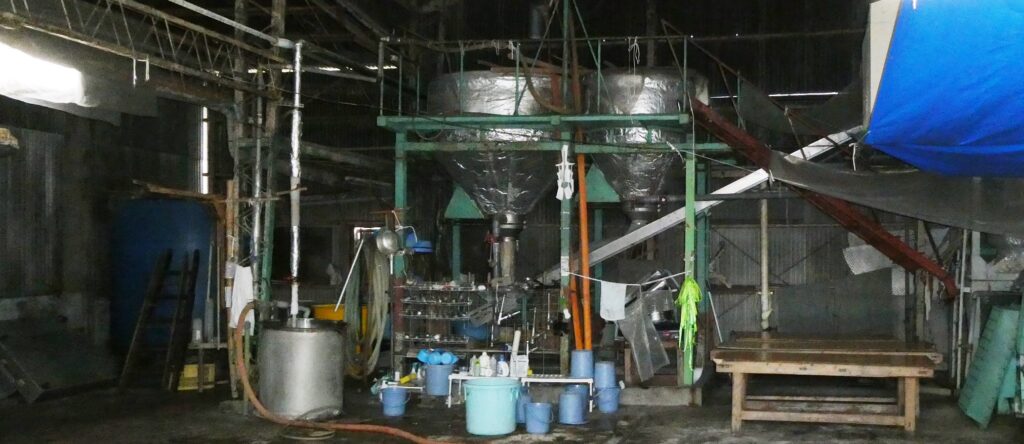
However, with the sluggish demand for sake and its market shrinkage, Yano Shuzo’s sake business also shrunk, which force Yano Shuzo face to a difficult situation.
During that time, the 8th generation, the previous head of the family, stopped to invite brewers with from outside, (Tsushima islands, located in the northern see of Kyushu), but the head of the family himself became a toji, a chief brewer, and started to handle everything from management to sake brewing design and production.
Against this backdrop, Yano Shuzo launched a new Junmai sake brand,
“Hizen Kuragokoro.”
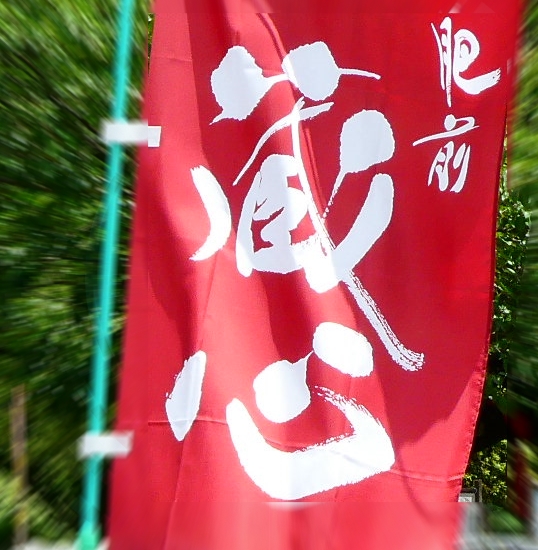
Indeed, Yano Shuzo produced more than 30 brands of sake during the period of rapid economic growth after the World War II, including ordinary sake, such as
“Fujika Masamune” and
“Take no Sono.”
The direction was changed to focus on pure rice’s sake without adding alcohol.
And now,
the 9th head of the family, Mr. Motohide Yano,
is now in charge of the
“Hizen Kuragokoro” brand, which accounts for 80% of the total. Grades added brewed alcohol have been reduced to about once every 2-3 years.
The representative brand of Yano Shuzo’s “Hizen Kuragokoro” is “Hizen Kuragokoro Junmai Ginjo”. It is a brand with the feature of taste which is lean but with rich body. This Hizen Kuragokoro Junmai Ginjo indeed embodies brewery spirit of Hizen (ancient name of Saga), making fully use of the features unique to the region, and unique as Yano Shuzo wholeheartedly.
In the next issue,
I introduced particulates of
Yano Shuzo to brew Sakes,
and how
Yano Shuzo makes
the unique character
of Sakes.
Stay tuned!
All rights are reserved under the copyright of Yasuyuki Ayukawa (2023)
